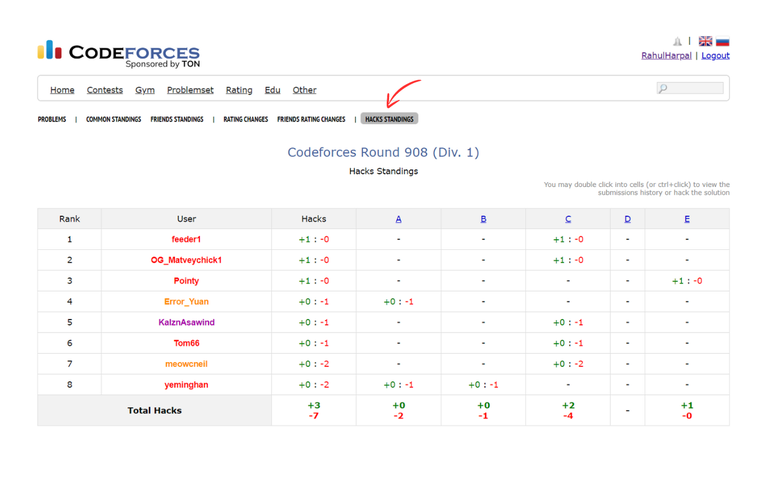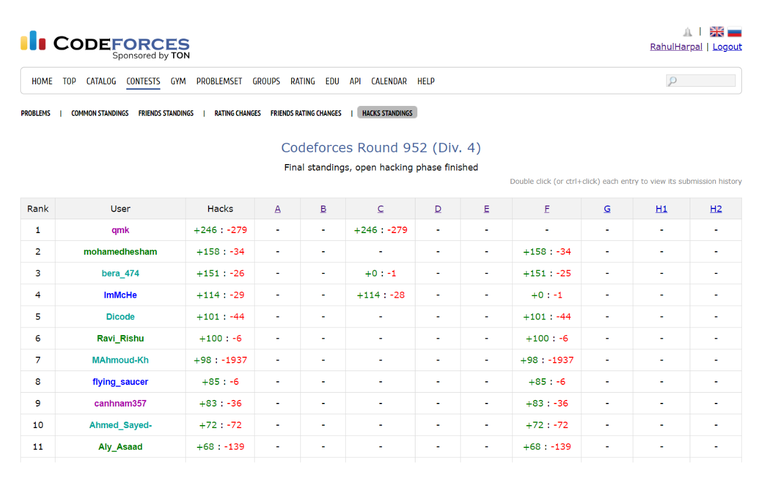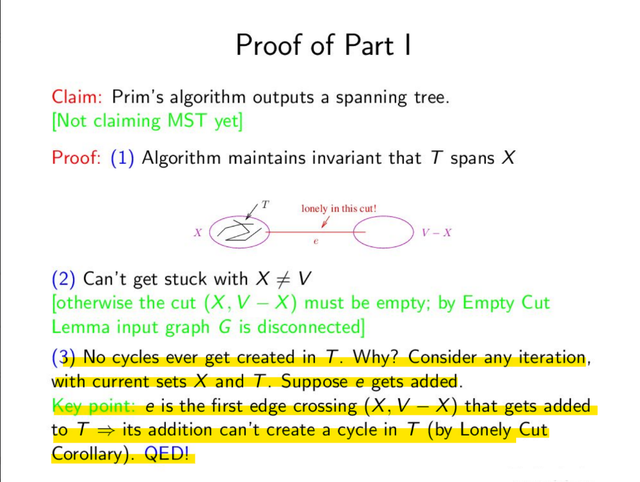Hacking has been one of the most crucial features of any contest. With its ability to completely change the outcomes of the rounds.
But the one thing the standings page of any CodeForces round lacks is the standings page for hackers. They contribute essential test cases to the problems, making the problems more robust.
I introduce to the community a new extension, CF TopHacker (Chrome WebStore Link), made by me to add this feature to the standings page. The "Hacks Standings" button integrates with the default buttons seamlessly.
This extension enables you to see the live hacks leaderboard during the open hacking phase and also after it ends! This makes it easier for everyone to see which problems have weak test cases in case there are too many hacks!
See the screenshots and demo video below:
Screenshot 1:

Screenshot 2:

This extension is open source, free forever and open to contributions by the community. Any feedback for this extension is appreciated. I am also open to new ideas/features. Do write how you feel about this extension in the discussion below! Thank You!
It would be cool to hear what top hackers like djm03178 and qmk have to say about this extension.
UPD 1: Here are the open issues on the github repository, feel free to generate a pull request to fix these! These issues were mentioned by the users in the discussion below.
UPD 2: The bug related to the extension not working in the Russian Language is fixed! All thanks to MANAV_2005 for the fix and okwedook for pointing out the issue.

CF TopHacker: Version 1.0.1











